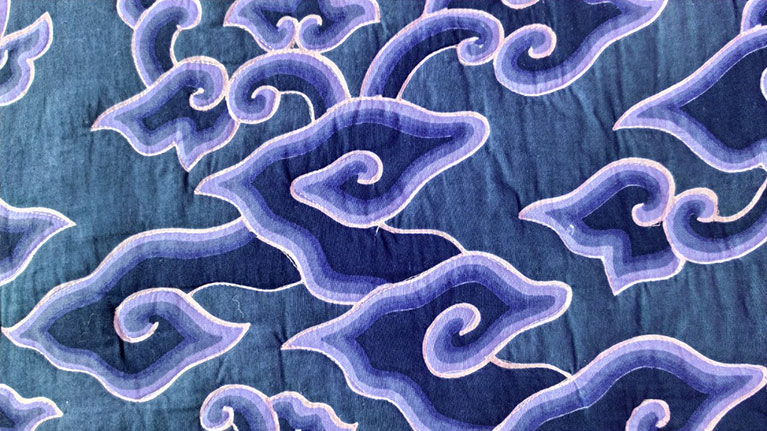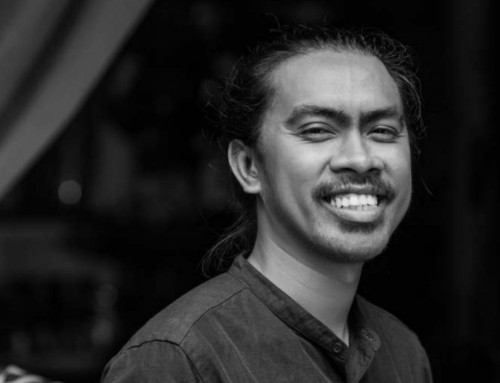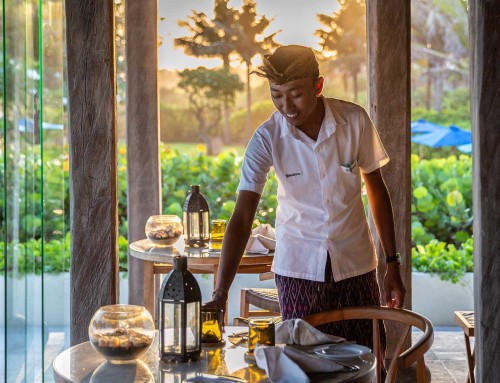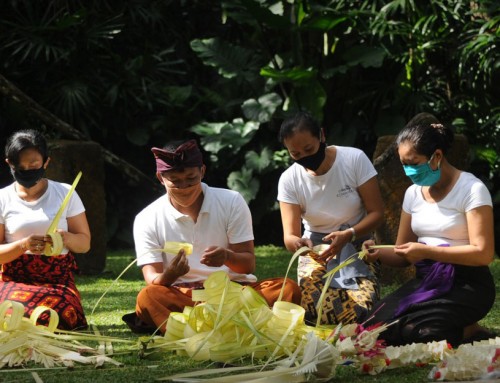Chinese influence plays a heavy part in the Indonesian history, not only because there are a big number of Chinese population in many cities in Indonesia, but also because they bring their culture that somehow assimilate with local culture. This process left its mark in architecture, cuisine, dance, songs, and fashion. Including batik.
According to the history, Cirebon, a city in the coast of Java was famous for its harbor that was packed with merchants vessels from all over Indonesia and abroad. Sunan Gunung Jati, one of the Islamic leaders in Java, established the kingdom of Cirebon known as Kingdom of Pakungwati. He was the only Sunan (Islamic leader) to have become a king. Gunung Jati fully utilizes his kingship to propagate Islam along the coastal area of Cirebon to the most remote area of Pasundan or Priangan and developing Islamic teaching in Cirebon.
Sunan Gunung Jati was married to a Chinese princess named Nio Ong Tien, an important figure in developing the strong artistic force in the Cirebon court. She put an attention to the arts, especially ceramics. The classic ceramics motives from China are heavily influenced batik motives. Hence, came the blend of Cirebon-China batik motives, with ornate phoenixes, peonies, cranes and a mythical beast combining aspect of the lion, dragon and bird. One of the most famous Cirebon batik motives is Megamendung. Literary means dark clouds, megamendung suggested rain, and therefore life, for an often parched land. This cloud motif is also combined with roosters hidden among a tracery of leaves and vines. This motif is dominated by layers of blue with different shades. Dark blue refers to dark rain clouds, the life-giver, while pale blue symbolize the brighter hope in the future.
At Komaneka at Bisma, you can find Megamendung in every suite room and in our restaurant. It is with pride that we collect and offer the best of Indonesian batik and craft.













Leave A Comment